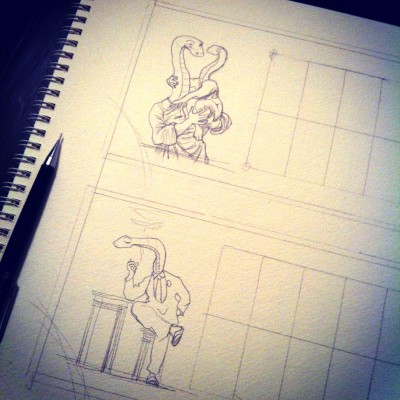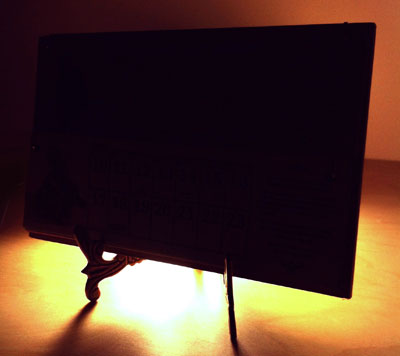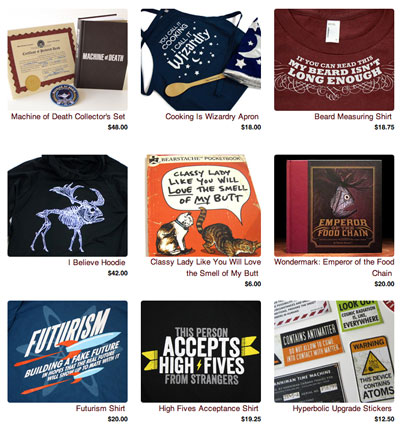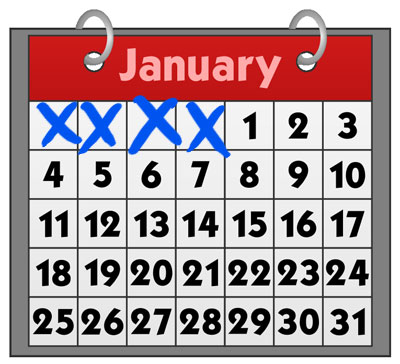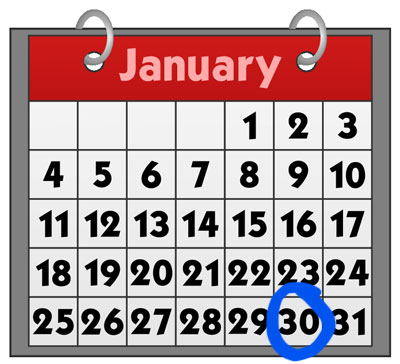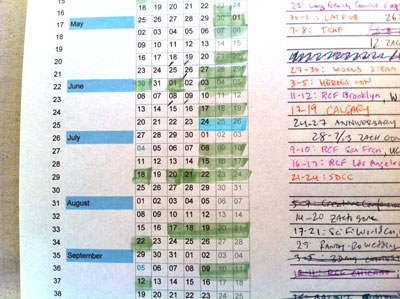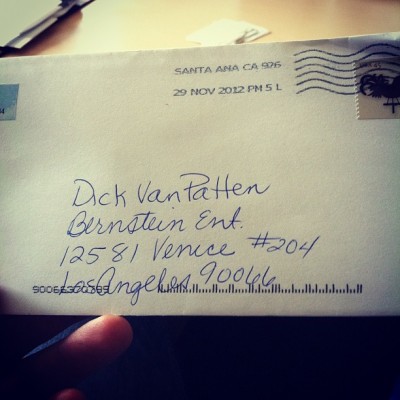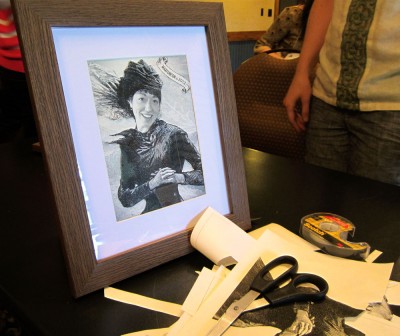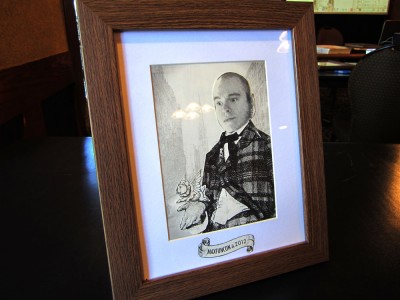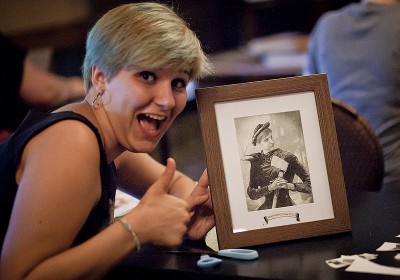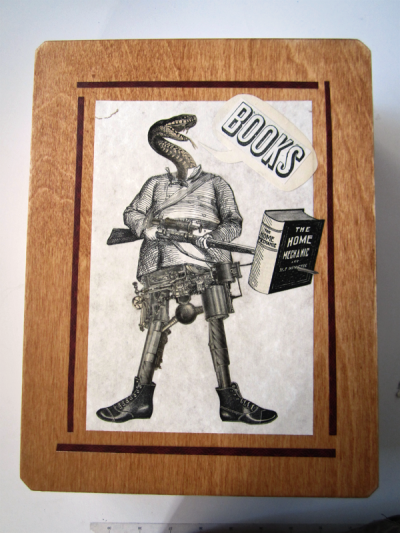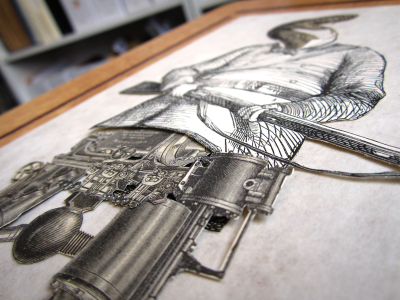Here is Part 1, which details my thinking going into the making of this year’s Wondermark Calendar. I finally decided that I wanted to make another calendar this year, but began to think about how it could be done differently.
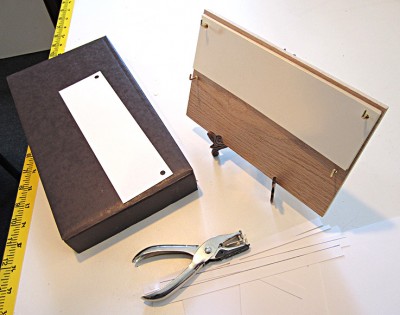
As detailed here, previous years of the Wondermark Calendar were comprised of cards sitting in brass desk easels. And since I knew that lots of people already had those easels, which are reusable, I knew that whatever I made this year should be about the same size as the previous calendars (which consist of a stack of 8.5″ x 5.5″ cards, thusly.)
But I also wanted to make it a progressive calendar, one that kept up with the days and weeks, rather than jerking to a halting stop every month until restarted. There must be a better way. A scroll? No. A waterfall? That doesn’t even make sense. A book? That’s not a calendar at all. Some sort of plant or food? Unexportable. A living animal with a lifespan of exactly one year? If I could figure that out, I wouldn’t be a cartoonist.
This is what I landed on:
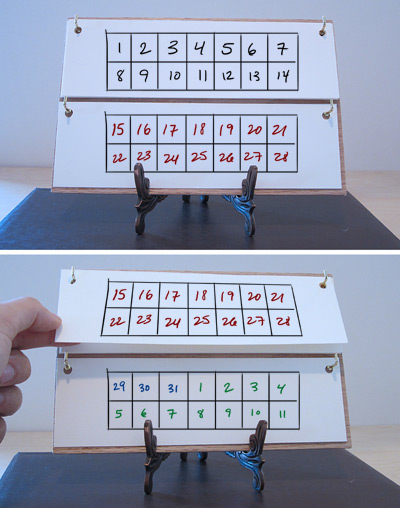
It would be a stack of cards, each half the height of the previous calendar cards (which covered a month each), but each only containing two weeks. There would be no gaps between months. And when you passed the date on the top card, you could simply move the bottom card to the top and reveal a new two-week period on the bottom!
IT WAS THE PERFECT PLAN.
BUT WOULD IT WORK????
It sure seems to!
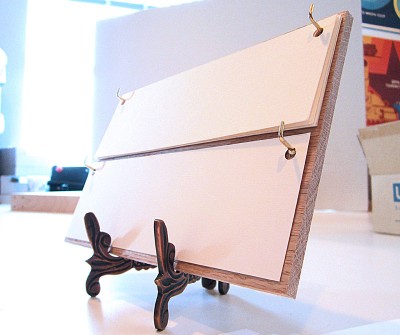
I’m not totally sure how it’ll read over the course of the year — it’s possible that it may take some getting used to, but ALL GREAT THINGS REQUIRE EFFORT so I’m not too worried about that. Overall I’m pretty intrigued by this concept — it seems archaic, in a pleasant way. It is even guaranteed to work if the power goes out (visible light permitting).
As you can see in this picture, rather than the cards sitting loosely in the easel as before, now they’re suspended from hooks affixed to a rigid backboard, which then itself sits in the easel. I think this makes for a very distinctive approach, but it does require some small amount of preparation. I’ll include a little baggie of hooks with each backboard (unassembled, so it can all ship flat), and I’ll even drill pilot holes in all the boards — so when yours arrives, you can put it all together in moments. I want this thing to work for you instantly.
Presumably, if this design works well and I decide to do another one, you will be able to keep the boards and simply re-order a refill of cards in future years! BUT LET’S TAKE THIS ONE STEP AT A TIME.
NOW, WHAT TO PUT ON IT?
The obvious elements to include on this calendar are: Dates. Holidays (including our new holidays). Illustrations and text.
I like inventing details about Gaxian culture (as in the Ask a Gaxian columns), so after a few misstarts and dead ends, I landed on the title THE GAXIAN ALMANAC.
Doing the math revealed that the calendar would need twenty-seven distinct cards to cover the entirety of 2013, so I decided to adorn each card with a factoid about Gaxian culture, history, or biology.
Now, it would be easy enough to make a bunch of Gaxian collage-images in the usual style. But since, for the first time, this calendar was to be machine-printed rather than hand-printed, I really wanted to do it in full color. And doing the collages would mean working at least partially digitally, when I really wanted this thing to feel hand-made.
So I started to draw.
TO BE CONTINUED…IN PART 3!!
The full title of the calendar is The Gaxian Almanac for Earth-Year 2013: Containing Elements of Knowledge Familiar to All Gaxians — An Entertainment for Enthusiasts; A Memento for Expatriates; and a Primer for Converts. It is available for pre-order now. As of this writing, out of 200 copies, only 124 remain. (UPDATE: They’re all gone now.) Each copy will be individually signed and numbered!

